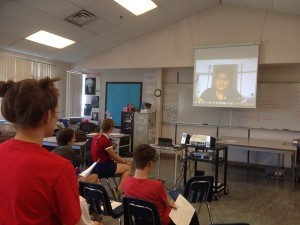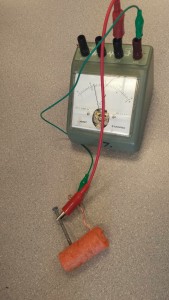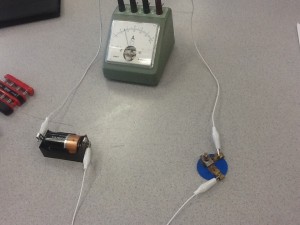Nitrogen is a chemical element with symbol N and atomic number 7. It is the lightest pnictogen and at room temperature, it is a transparent, odorless diatomic gas. Nitrogen is a common element in the universe, estimated at about seventh in total abundance in the Milky Way and the Solar System. On Earth, the element forms about 78% of Earth’s atmosphere and as such is the most abundant uncombined element. The element nitrogen was discovered as a separable component of air, by Scottish physician Daniel Rutherford, in 1772
The Nitrogen Cycle
The nitrogen cycle, in which atmospheric nitrogen is converted into different organic compounds, is one the most crucial natural processes to sustain living organisms. During the cycle, bacteria in the soil process or “fix” atmospheric nitrogen into ammonia, which plants need in order to grow. Other bacuteria convert the ammonia into amino acids and proteins. Then animals eat the plants and consume the protein. Nitrogen compounds return to the soil through animal waste. Bacteria convert the waste nitrogen back to nitrogen gas, which returns to the atmosphere.
In an effort to make crops grow faster, people use nitrogen in fertilizers. However, the excessive use of those fertilizers in agriculture has had devastating consequences for the environment and human health, as it has contributed to the pollution of groundwater and surface waters. According to the U.S. Environmental Protection Agency (EPA), nutrient pollution caused by excess nitrogen and phosphorus in the air and water, is one of the most widespread, costly and challenging environmental problems.
Facts of Nitrogen
Atomic number (number of protons in the nucleus): 7
Atomic symbol (on the Periodic Table of Elements): N
Atomic weight (average mass of the atom): 14.0067
Density: 0.0012506 grams per cubic centimeter
Phase at room temperature: Gas
Melting point: minus 321 degrees Fahrenheit (minus 210 degrees Celsius)
Boiling point: minus 320.42 F (minus 195.79 C)
Number of isotopes (atoms of the same element with a different number of neutrons): 16 including 2 stable ones
Most common isotopes: Nitrogen-14 (Abundance: 99.63 percent)



